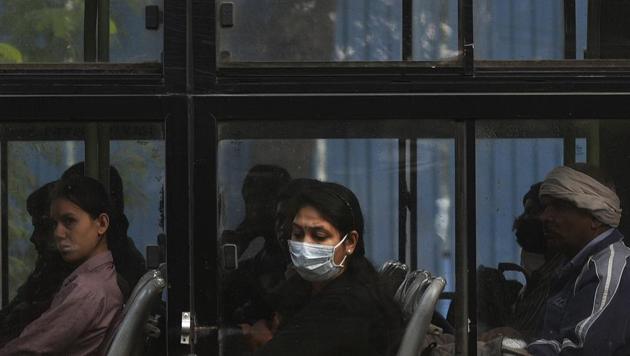Diwali pollution: Delhi’s residents have been irresponsible
They must show more individual and civic responsibility
For a few years now, Diwali in northern India has ceased to be associated, regrettably, with just festivities. Today, it is more about how bad the air quality will be the day after Diwali. This year, too, a haze enveloped the national capital on Monday, a day after Diwali, as the city’s air quality plummeted to the “severe” category for the first time this season. The city’s air quality index stood at 348 at 11.30 am on Monday, according to the Central Pollution Control Board. An analysis of the post-Diwali air in Delhi-National Capital Region by the Centre for Science and Environment stated that the overall pollution level between September 15 and Diwali was lower than the comparable period in 2018. This, the report added, was due to favourable weather and advanced action. But Diwali changed all that.

There are three reasons for this spike in pollution. One, the utter disregard by citizens of the 2018 Supreme Court ban on firecrackers. They burnt conventional, polluting crackers even when there is adequate data in the public domain, coupled with scientific studies and public awareness programmes, on how pollution can ruin their health. In many areas of the Delhi-NCR, citizens did not even adhere to the 8 to 10 pm window for celebrating with (green) crackers. Second, the State must be blamed for failing to push a behaviourial shift by encouraging the manufacture of green crackers. As this newspaper argued before Diwali, there were not enough green crackers (quantity and variety) in the market. Third, the Diwali-induced pollution also puts a question mark on the ability of the State to implement rules like the ban on polluting crackers and the cut-off time to stop burning crackers, proving that unless people themselves realise the gravity of the problem and develop a greater sense of both individual and civic responsibility, Delhi will continue to suffer.






